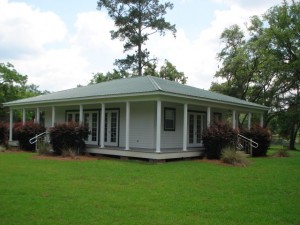 What are some of the most typical reasons that a reserve study would require revisions?
What are some of the most typical reasons that a reserve study would require revisions?
A reserve study can require revisions for a number of different reasons. Some typical reasons may be that the reserve study had omitted a reserve item or certain group of items. It is also possible that the reserve study included some items that the association may not want to fund. In addition, the reserve analyst may not know the ownership of every item in the community–some associations lose responsibility and maintenance to some items that belong to the master association, the community development district (CDD), the city or county. It is imperative that the members of the board know exactly what items the association is responsible and to make sure that those items are to be included in their reserve schedule.
Why is preventative maintenance so important?
Preventative maintenance is essential to the proper upkeep of reserves. It can increase the potential lifespan of the items. This has a trickle down effect to reserve funds. Without proper maintenance, items will deteriorate more quickly, have a quicker lifespan, and deplete reserve funds more rapidly. One example of preventative maintenance would be to pressure wash paint and/or stucco on buildings. This can easily extend the life of the paint pushing a large paint project further into the future. Another example would be seal coating roads or parking areas to extend life of pavement. By seal coating, the association is able to care for the pavement by blocking the ultra violet (UV) rays from the sun that wear out the pavement as well as adding to the life of the reserve item.
Our association uses component reserves. Why should we consider using pooled reserves?
If the association uses the component method, they need to be diligent about updating the costs of reserve items every year or two. With the pooled method, these changes in construction costs are already factored into the report. The last point of the maintenance of reserves is voting. If you use the component method, it dictates that money reserved for one item cannot be transferred over to a different item without an association vote. While some community members may like this idea, it also presents the possibility of a lot more red tape for an association in meetings. Additionally, for large associations it is nearly impossible to have a designated reserve account for every item in the community and to maintain all of these accounts exactly perfectly. In the pooled method, if a replacement costs more than the reserve schedule budgeted for, then the association uses more money from the general pool of funds. However, this same scenario with the component method could lead to a special assessment.